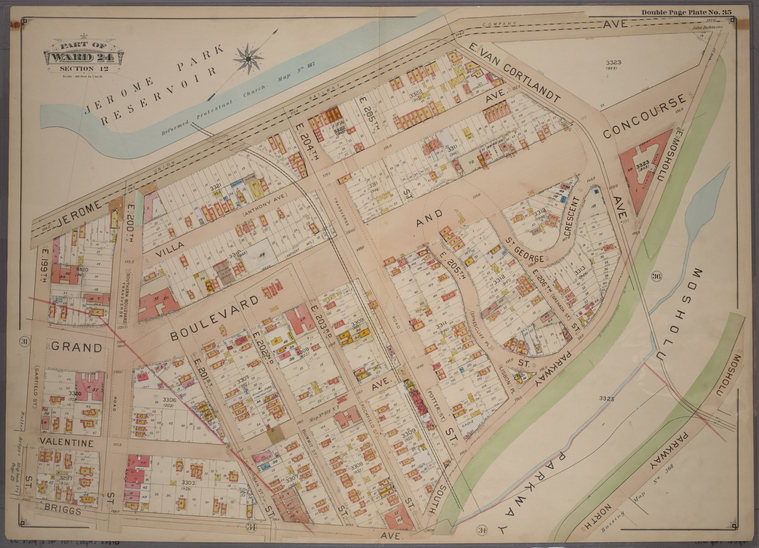
In an effort to improve the situation, enhanced markings are often used to reinforce the regulatory signage. Even with this effort to emphasize the regulations and create some illusion of occupancy, the space continues to feel unused. In an active urban environment, a space marked off for the sole purpose of a sight line really is, in practice, underutilized. The demand to make more intense use of it is probably inevitable.
The solution to these residual spaces is to provide them with uses that do not compromise the sight lines. To be effective and persuasive enough to continue installing them elsewhere, treatments must embrace uses that are appealing to the community.
The classic response is to install a curb extension, sometimes called a "neckdown." These rely on the curb as a physical barrier that effectively discourages parking. They also provide benefits for traffic calming and shortening crossing distances for pedestrians. A curb extension is an expansion of the sidewalk, creating more usable space for pedestrians, although they may recognize relatively little value in the extra panels of concrete. This solution is often complicated, though, by mundane engineering details like drainage or even traffic signal location. Capital costs can discourage or delay construction.

|

|



